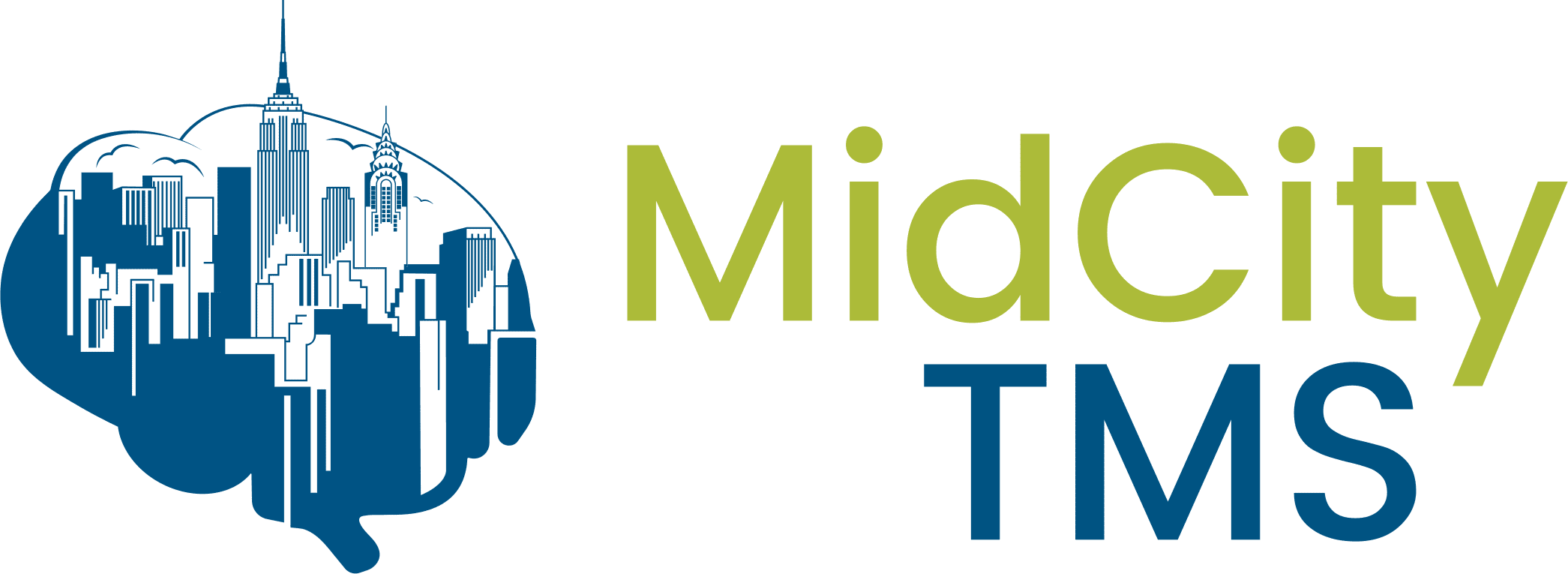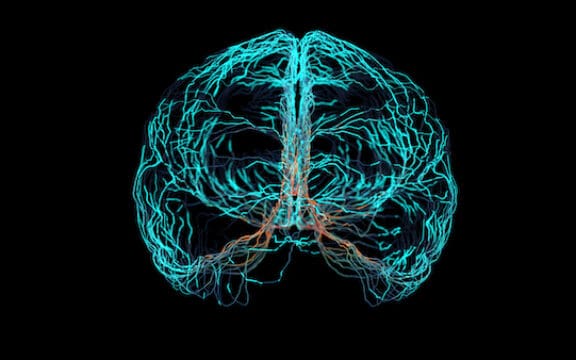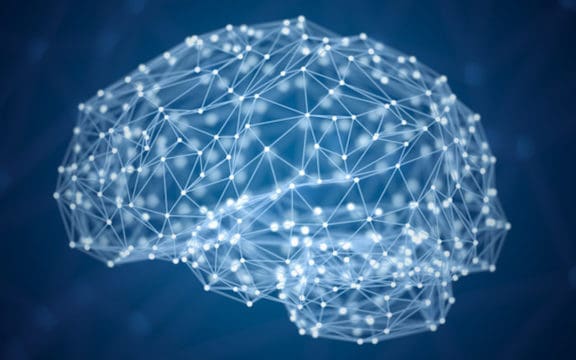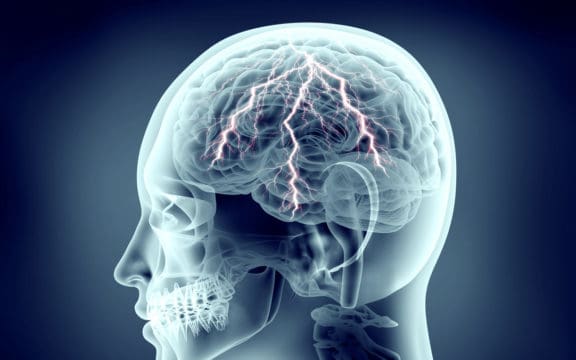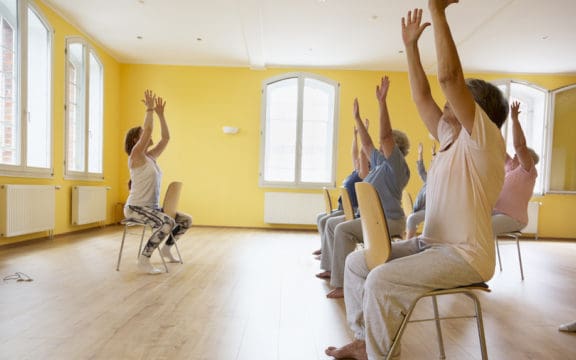Patients suffering from depression and other mental health issues often look for ways to alleviate their symptoms. If you have a history of depression, you might wonder, “Can I use exercise to treat depression?”
We all have that fitness-savvy friend who sings the praises of physical exercise, saying it floods their body with mood-boosting endorphins. Here in New York City, there’s no shortage of fitness classes that claim to make people happier. Turn the corner and there’s a yoga class to “restore the mind” on one end of the street and a spin class to “inspire positivity” on the other. But can working out help depression? Are these claims just a part of fitness marketing, or are they based in fact? According to the Anxiety and Depression Association of America (ADAA), regular exercise can have a positive impact on your mental health. Read on to learn how you can use exercise to treat depression.
How to Use Exercise to Treat Depression
Those with depression, especially major depressive disorder (MDD) or treatment-resistant depression, may benefit from a combination of therapies. Exercise is an excellent supplement to many depression treatments, especially for those who wish to avoid taking antidepressants, which can come with unexpected and severe side effects. The ADAA promotes exercise as a way to:
- Reduce stress, anxiety, and fatigue
- Increase cognitive function
- Improve self-esteem, mood, and sleep
Mental health patients may find they’re symptom-free for hours after working out. There is strong evidence that working out helps depression. A study published in ACSM’s Health & Fitness Journal suggests exercise can be as effective as antidepressants or talk therapy as a depression therapy. Even limited exercise has shown promise as a depression treatment, so we recommend patients start small with activities they enjoy and develop support structures that keep them motivated and accountable. Two of our favorite options for using exercise to treat depression are:
- Going for a Jog — Runners often report the euphoric feeling known as a “runner’s high,” which can help provide temporary relief from depression symptoms. Running has long-term benefits as well, including reduced depression and anxiety. If you cannot run because of an injury or other health problem, consider giving cycling a try instead.
- Practicing Yoga and Meditation — Meditation is not a physical exercise and it does not burn calories like yoga does, which is why we recommend doing both. Yoga and meditation are great for building mindfulness. True mindfulness takes time to develop, but with regular yoga and meditation classes, patients can alleviate the symptoms of anxiety and depression while exercising.
Although we suggest you use exercise to reduce stress and depression, we can’t guarantee exercise cures depression. No matter how you choose to exercise, fitness alone may not be enough, which is why we ask those suffering from depression to consult with Mid City TMS about our transcranial magnetic stimulation (TMS) services.
Contact Mid City TMS in New York City Today
Transcranial magnetic stimulation (TMS) is a non-convulsive, non-invasive treatment performed on patients with depression while they’re awake. It’s fast, painless, and proven to be effective. This form of depression therapy can even work on treatment-resistant depression.
Mid-City TMS is a New York TMS center that provides transcranial magnetic stimulation as a part of comprehensive depression treatments. Learn more about our New York TMS treatments and contact us today to discuss how to use TMS and exercise to treat depression.
